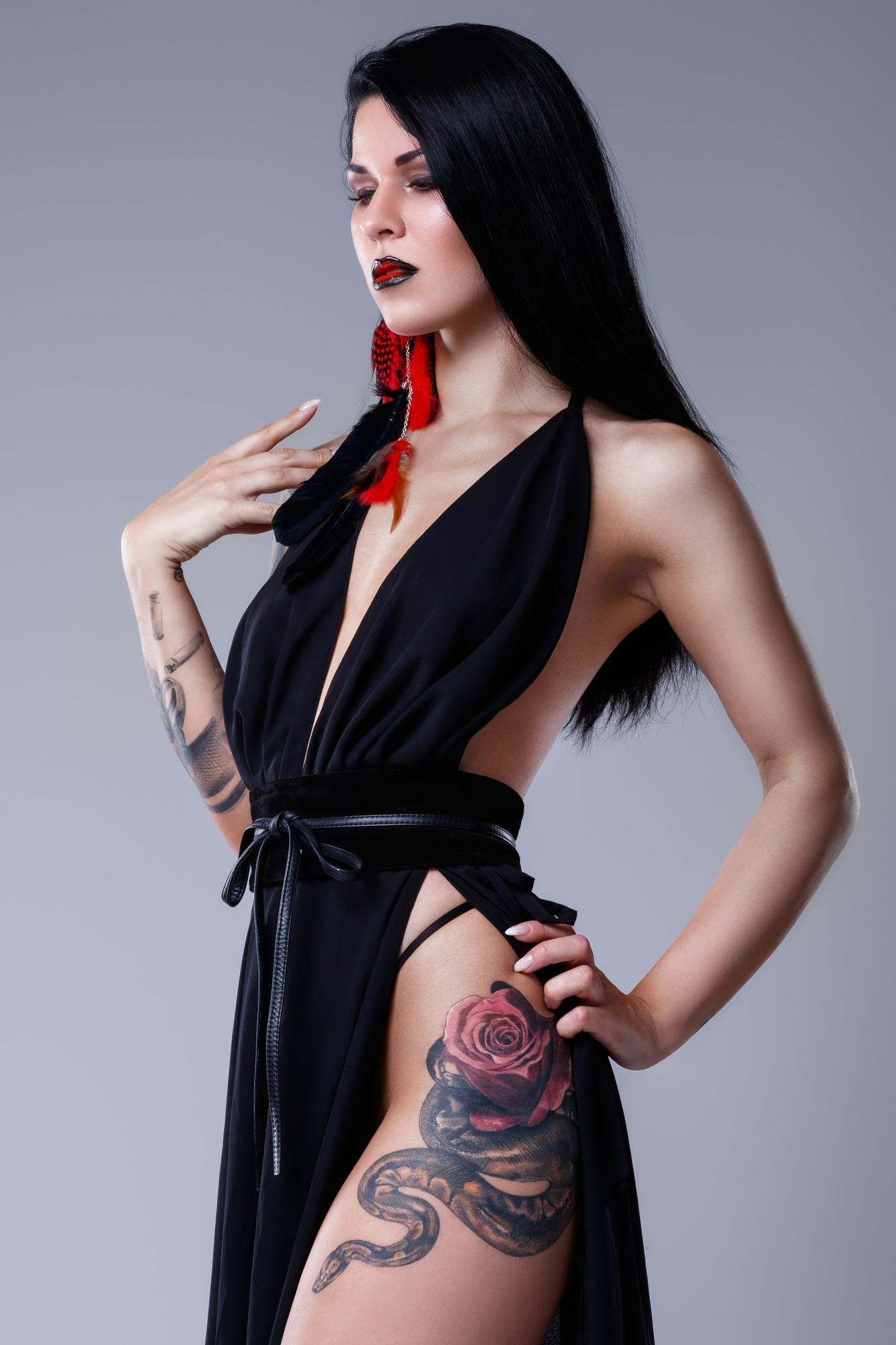The Neo-Gothic style in fashion, a fascinating blend of historical elegance and modern rebellion, has left an indelible mark on the fashion industry and popular culture. This style, known for its dark, mysterious, and often extravagant features, stands out as a unique and enduring fashion statement. But what lies beneath its surface? Let’s dive into the enigmatic world of Neo-Gothic fashion and explore its roots, interpretations, and its complex relationship with today’s societal norms.
The Historical Roots: A Dark Romance
The Gothic style, which originated in the late Middle Ages, was initially associated with architectural grandeur. However, its evolution into the fashion world brought about a radical shift. The Neo-Gothic style, emerging in the late 20th century, was a response to the contemporary fashion scene’s brightness and simplicity. It borrowed elements from Victorian mourning attire, emphasizing long, flowing lines, intricate patterns, and a palette dominated by black. The style became a canvas for expressing deeper, often introspective emotions, contrasting with the prevailing fashion norms.
Modern Interpretations: From Catwalks to Streets
Today, Neo-Gothic fashion is not just a relic of the past but a dynamic and evolving style. Designers like Alexander McQueen and Rick Owens have reimagined Neo-Gothic, infusing it with modern sensibilities. McQueen, in particular, was known for combining the elegance of gothic fashion with edgy, contemporary elements, creating a style that was both haunting and beautiful.
In the Limelight: Neo-Gothic in Pop Culture
Pop culture has played a pivotal role in popularizing the Neo-Gothic style. Celebrities like Lady Gaga, Billie Eilish, and Tim Burton’s cinematic characters have embraced this fashion, bringing it into the mainstream. Films like „The Crow“ and „Edward Scissorhands“ have also significantly influenced this style, portraying characters that embody the Neo-Gothic aesthetic – dark, enigmatic, and unmistakably stylish.
The Data Speaks: A Style Reclaimed by Many
Statistics show a resurgence of the Neo-Gothic style, especially among younger demographics. A survey by a leading fashion magazine revealed that 35% of people aged 18-25 find darker fashion aesthetics more appealing than they did five years ago. This shift indicates a growing appreciation for fashion forms that allow for personal expression and a deviation from mainstream trends.
A Critical View: Beyond the Aesthetic
However, the rise of Neo-Gothic fashion isn’t without its criticisms. In an era dominated by fast fashion, the style has sometimes been co-opted, losing its essence of individualism and rebellion. Critics argue that the mass production of Neo-Gothic garments undercuts the style’s original intent, turning a form of self-expression into just another trend dictated by social pressures and consumerism.
Conclusion: A Style with a Soul
Neo-Gothic fashion is more than just an aesthetic; it’s a statement about individuality and the beauty of standing apart from the norm. While its surge in popularity is promising, it’s essential to remember the style’s roots and what it represents – a bold defiance against the conventional, a celebration of the unique, and a call to maintain authenticity in a world of fast fashion and fleeting trends.
Opinion: Embracing True Individualism
As we admire the elegance and mystery of the Neo-Gothic style, let’s not forget the importance of genuine self-expression in fashion. In a world where fast fashion and social pressures often dictate trends, it’s vital to embrace styles that truly represent individual tastes and ideologies. The true spirit of Neo-Gothic fashion lies in its ability to stand out and make a statement, not just in its visual appeal but in what it represents – a fearless embrace of individuality in a conformist world.










